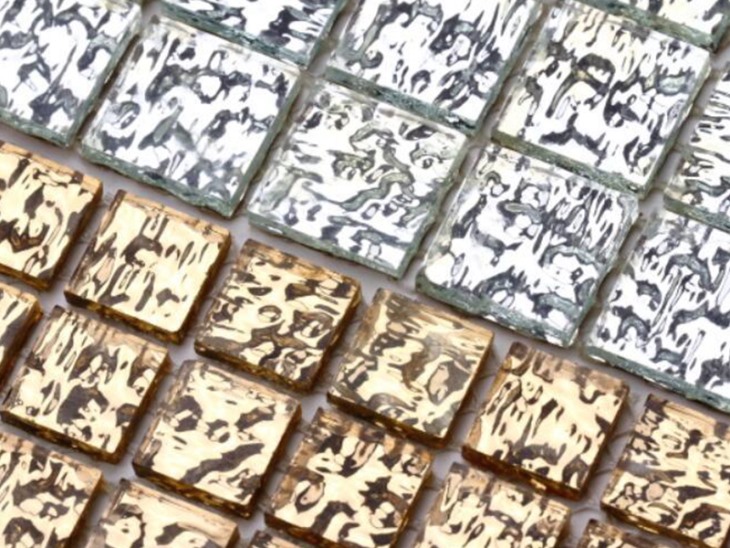Electroplating varnish, in fact, is UV varnish, and then the point is straightforward is the paint.
In the electroplating process of ABS, PC, TPU and other raw materials, the application of white electric oil is also very common. It is generally used to soak the cleaning agent when the raw material is injected, or the mold oil stain, conceal the appearance of the raw material oil and improve the adhesion. Halogen free and heavy metal free.
Detailed application process of electroplating varnish treatment agent:
Dust removal on the surface of the material→ Spraying anti-oil treatment agent → (Wet wet, no baking, spray UV directly) → Vacuum plating → UV → next process.
Varnish is a synthetic resin, and varnish is divided into water-based varnish and oil-based varnish. The water-based varnish is mainly composed of three main categories: main agent, solvent and auxiliary agent. It has the characteristics of colorless, odorless, transparent, non-toxic, non-organic volatiles, low cost and wide application range. It is another solvent-type glazing. The oil can't be compared. If you participate in other main agents and additives, you can also have outstanding gloss, abrasion resistance and chemical resistance, economical and health, especially suitable for packaging printing.
The solvent of water-based varnish is mainly water, the volatility is almost zero, and the leveling function is very good. In the application, the ethanol is appropriately increased to advance the drying function of the aqueous solvent, and the processing suitability of the aqueous varnish is improved.
The water-based varnish mainly consists of three main categories: main agent, solvent and auxiliary agent.
[1] Main agent: The main agent of water-based varnish is a film-forming resin, which is a film-forming substance of varnish, usually a synthetic resin, which affects and supports various physical functions of the deep layer and the glazing quality of the film layer, such as Gloss, adhesion, boring, etc.;
[2] Additives: Improve the physical and chemical functions and processing characteristics of water-based varnish. The varieties of additives are: curing agents. Improve the film-forming property of the aqueous main agent, increase the cohesive strength of the film layer; the external active agent. Decrease the surface tension of the aqueous solvent, advance leveling; defoamer. It can effectively control the foaming of the polish and eliminate the quality defects such as fish eyes and pinholes; Increase the drying speed of water-based glazing agent, improve the printability of paper printing; adhesion promoter. Advance ability of the film-forming material to adhere to the substrate; moist loose agent. Improve the looseness of the main agent to prevent dirt and advance wear resistance; other additives are plasticizers that can improve the folding resistance;
[three] Solvent: loose or dissolved synthetic resin, various additives.

Related News
- What is the difference between waterborne glass paint and oily glass paint?
- Bubble problem in waterborne metal paint film formation
- Waterborne metal paint construction process
- Do you know the reason why glass lacquer can extend the life of log furniture?
- On the colored road, the old driver takes you on the road! Guangzhou Tianmai supply color wear-resistant pavement coating
- Characteristics and construction process of water-based crack paint
- In the hot summer days, the colored pavement will provide you with “heat and heat”. Guangzhou Tianmai supplies colored wear-resistant pavement paint.
- Waterborne glass paint type and application precautions
- How to apply water-based crack paint? Tianmai Chemical will solve your problems!
- Can epoxy anticorrosive paint be used outdoors?
- Advantages of waterborne glass paint compared to other paints
- Comparison of advantages and disadvantages between epoxy floor paint and corundum floor paint
- What is the glass paint formula?
- What are the advantages of waterborne epoxy floor paint compared to other floor paints?
- Water-based crack paint manufacturers teach you to buy paints need to pay attention to
- Tianmai waterborne glass paint selling point
- Performance and Causes of Insufficient Floor Strength of Double-Propyl Polyurethane Sealant
- The difference between glass paint and glass flake paint
- Drying method of waterborne metallic paint film
- Water-based glass paint talks about the development trend of furniture paint

